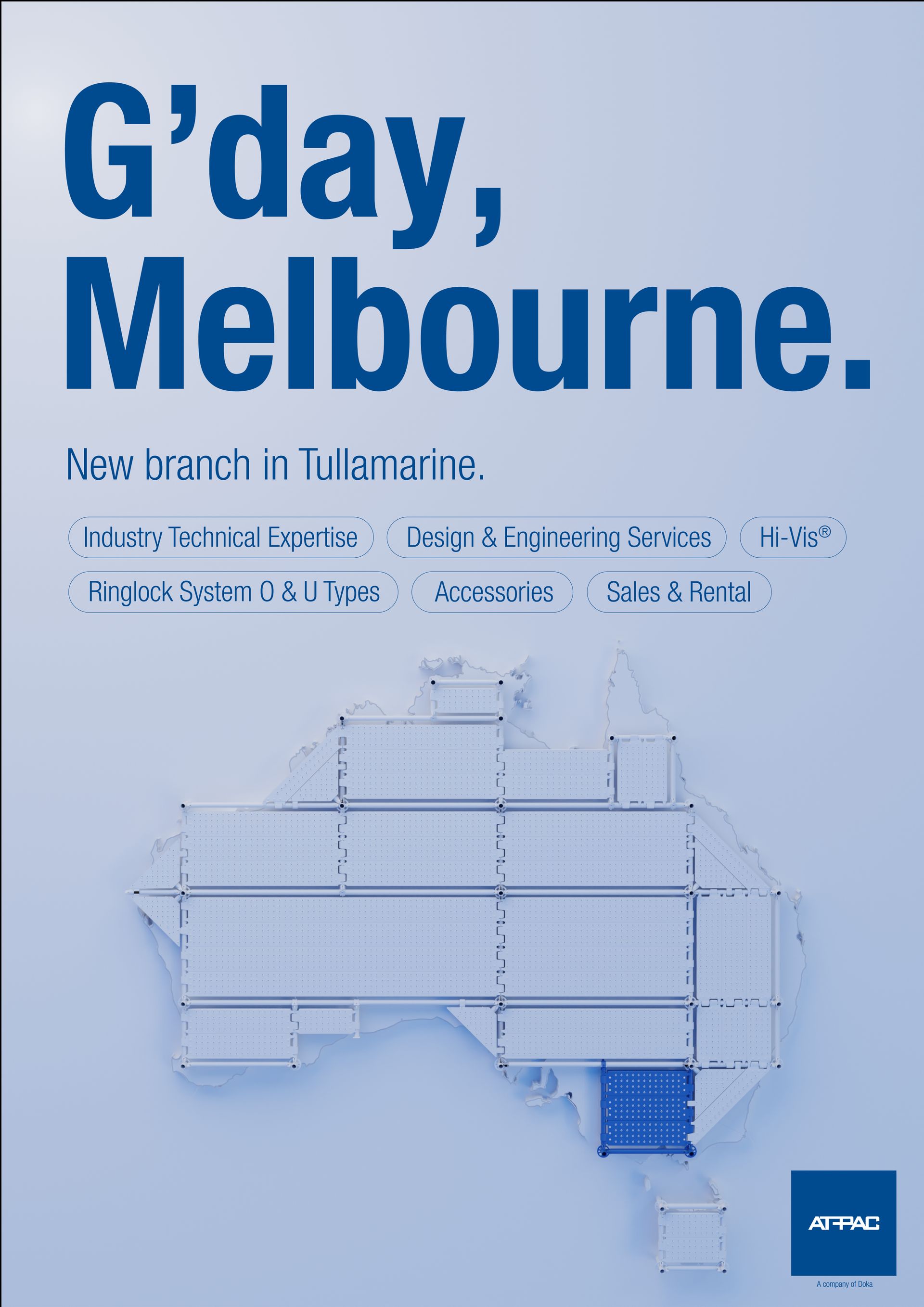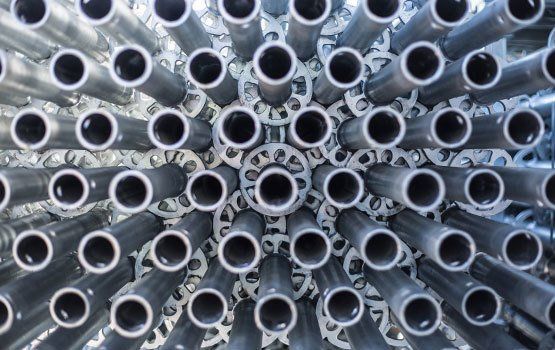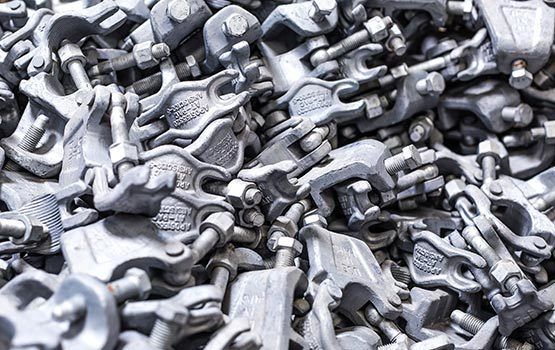Scaffolding Safety: 5 Steps to Take Before Erecting Scaffolding
1. Get the Proper Equipment
- Hardhats with straps to prevent losing the hardhat while elevated.
- Gloves that allow dexterity while not sacrificing protection.
- High Vis apparel rather than vests that may get snagged on equipment during erecting and dismantling (E&D).
- Fall Protection such as retractable lifelines with steel cable vs synthetic lanyards as they are less prone to abrasion and possible fraying.
- Lanyards for wrenches and hammers to prevent overhead tool loss and ‘Struck by’ incidents.
- Torque Wrenches vs. Standard Ratchets to prevent overstressing the equipment and thus reduce damage to structure components.
2. Evaluate Site Conditions
- No overhead work is being performed (e.g. cranes, manlifts, overhead structures or mezzanines, etc.). If so, guard against struck by hazards.
- No blasting is planned that may compromise E&D or structure post erection.
- No nearby excavations are happening, which could compromise soil or base
3. Create a Field Level Risk Assessment (FLRA)
- Process of erection, which can minimize the hazards associated with the overall process
- Bracing plan
- Material Handling procedures
- Power lines
- Inclement weather
- Loading Capacity for occupants throughout E&D as well as use. For example, will the structure be sufficient for the intended purpose? Does the structure meet criteria where it would need to be ‘engineered’ vs erected by a competent person?
- Establish ‘Pass Line’ and methods of communication for materials to be hoisted and lowered
4. Create a Rescue Plan
5. TRAIN, TRAIN, TRAIN your staff
You might also like
AT-PAC Blog

Navigation
Global Support Office
Atlantic Pacific Equipment LLC
1455 Old Alabama Road Ste. 100
Roswell, GA 30076 USA
AT-PAC Global Regions
-
North America
Houston (North America Main Office)
11821 East Freeway
Suite 550
Houston, Texas 77029
Atlanta, Georgia (Southeastern Branch Office)
1356 Cobb Industrial Dr
Marietta, Georgia 30066
Baton Rouge, Louisiana (Gulf Coast Branch Office)
2179 Commercial Drive
Port Allen, Louisiana 70767
Columbus, Ohio (Midwestern & Northeastern Branch Office)
2565 Harding Hwy E
Marion, Ohio 43302
Denver, Colorado (Mountain West Branch Office)
8780 E 93rd Pl
Henderson, Colorado 80640
720.736.4625
La Porte, Texas (Southwestern Branch Office)
1606 Sens Road
La Porte, Texas 77571
Los Angeles, California (West Coast Branch Office)
22990 Temescal Canyon Road
Corona, California 92883
Edmonton, Alberta (Canada Main Office)
6215 82nd Avenue
Edmonton, Alberta T6B 0E8
-
Australia
56 Windsor Road
Wangara, WA 6065
153 Rossmann’s Road
Stapylton, Queensland 4207
21 Gladstone-Benaraby Rd,
Gladstone, Queensland 4680
11 Huntingwood Dr,
Huntingwood NSW 2148
85 Sharps Road,
Tullamarine, Victoria 3043
+61 497 960 608
-
United Kingdom & Europe
Mossburn Avenue, Harthill
Lanarkshire, ML75NF
Unit 19, Park Rose Industrial Estate
Middlemore Road, Smethwick
West Bromwich
B66 2DZ
Europe
Gildestraat 14
6883 DB Velp,
The Netherlands
-
South America
Santiago, Chile (South America Main Office)
Avda. Miraflores 9700
Pudahuel, Santiago
Avda. Pedro Aguirre Cerda 14200,
Antofagasta, Chile
+56.55.2552762
Santa Cruz de la Sierra, Bolivia
Complejo Industrial Del Norte, Lote 35
Km 23, Carretera Warnes
Santa Cruz De La Sierra, Bolivia
Ventas Oriente +591.77270270, +591.75742858
Ventas Occidente/Centro +591.77312652
-
Asia
DISCLAIMER: The information contained in this website is provided by Atlantic Pacific Equipment, LLC (“AT-PAC”) and is for general information purposes only.
Disclaimer |
Terms |
Privacy
Atlantic Pacific Equipment (AT-PAC), LLC All Rights Reserved










